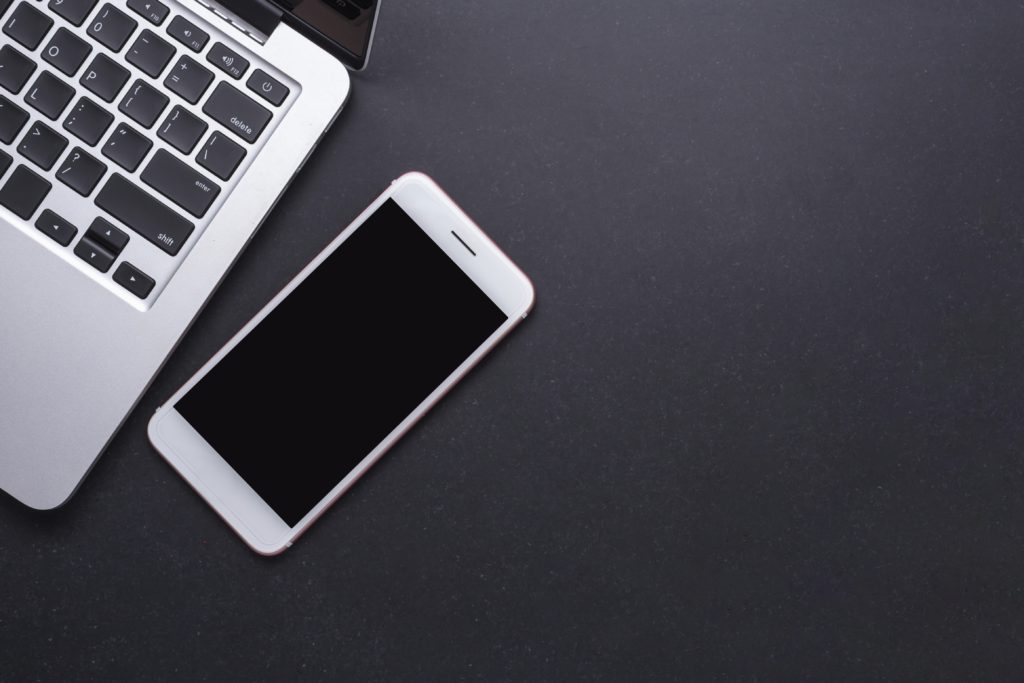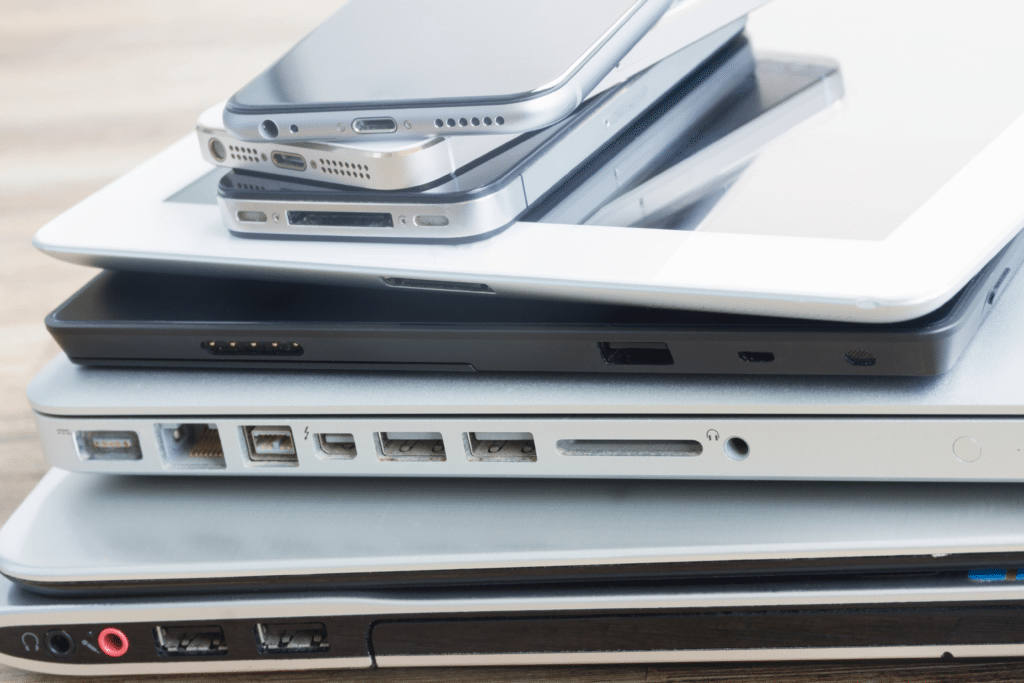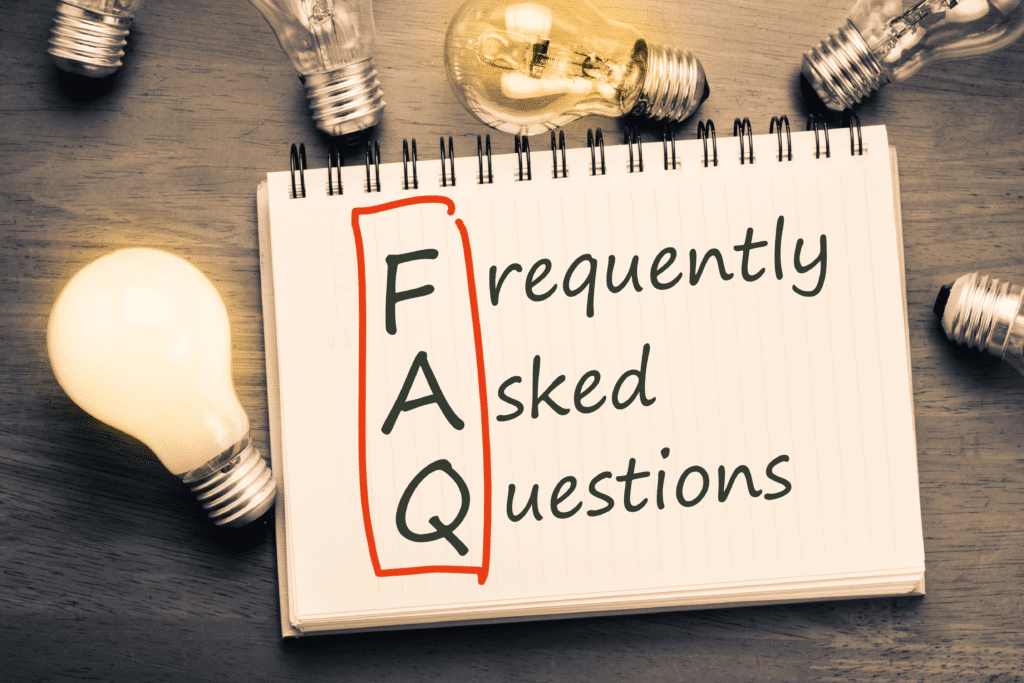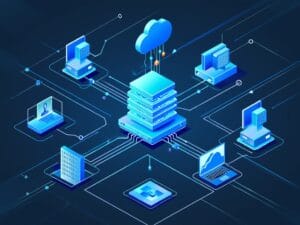Mobile Device Management: Enhancing Security and Productivity
Mobile device management (MDM) is a crucial aspect of modern business operations. MDM allows organizations to efficiently manage, secure, and monitor mobile devices used by employees. By implementing MDM, businesses can ensure their data remains protected while enhancing productivity through streamlined device management.
One key function of MDM is its ability to support the growing trend of BYOD (Bring Your Own Device). This means employees can use their personal devices for work purposes without compromising corporate security. MDM tools offer features such as remote data wiping, app management, and policy enforcement to maintain a secure mobile environment.
MDM solutions come from various providers, including IBM, Microsoft, and Fortinet. Each offers unique features that cater to both on-premises and cloud-based management needs, making MDM an adaptable choice for any organization.
Key Takeaways
- MDM efficiently manages and secures mobile devices in businesses.
- Supports BYOD, enhancing flexibility and maintaining security.
- Offers various solutions from providers like IBM, Microsoft, and Fortinet.

Understanding Mobile Device Management (MDM)
Mobile device management (MDM) is crucial for businesses to oversee, secure, and manage mobile devices. It has evolved to meet the changing needs of mobile device users and IT departments.
Evolution of MDM
MDM started with basic management of mobile devices like smartphones and tablets. Initially, it offered simple features like device tracking and basic security policies. As mobile technology advanced, MDM included more complex functions.
Today, MDM supports a wide range of devices including laptops and Internet-of-Things (IoT) gadgets. This evolution was driven by the increasing use of mobile devices in business environments. Companies need to ensure data security while maintaining employee productivity.
MDM now integrates with broader IT management tools and systems. This progression reflects the growing importance of mobile devices in business operations.
Key MDM Features
Device Enrollment: MDM starts with enrolling devices into the system. This process involves registering the device to be managed and secured.
Inventory Management: MDM tools maintain an inventory of all enrolled devices, helping IT teams track and oversee them.
Configuration Management: IT can remotely configure device settings, install applications, and enforce security policies. This ensures devices comply with company standards.
Security Enforcement: MDM enhances security by enforcing password policies, encryption, and remote wipe capabilities. If a device is lost or stolen, sensitive data can be erased remotely.
Monitoring and Reporting: MDM tools provide continuous monitoring of devices and can generate reports on usage patterns and security events. This helps in identifying potential security risks and managing device performance.
MDM and Enterprise Mobility Management (EMM)
Enterprise Mobility Management (EMM) is a broader term that includes MDM within its scope. While MDM focuses primarily on device management, EMM addresses the entire mobile ecosystem.
Components of EMM:
- Mobile Application Management (MAM): Manages and secures apps on mobile devices.
- Mobile Content Management (MCM): Controls access to corporate documents and data on mobile devices.
EMM provides a holistic approach to manage all aspects of enterprise mobility. It aims to improve productivity while maintaining security. While MDM remains a critical element, EMM extends capabilities to offer more comprehensive mobile management solutions.
The relationship between MDM and EMM shows how integrated mobile management strategies have become essential for businesses adapting to mobile-first operations.

MDM Solutions and Software
MDM solutions help organizations manage their mobile devices efficiently. Understanding the benefits, differences, and integration capabilities of various MDM platforms is crucial for making the right choice.
Comparing MDM Platforms
There are numerous MDM platforms available, each with unique features and benefits. For example, Microsoft Intune focuses on providing seamless integration with other Microsoft services, making it a strong choice for organizations already using Microsoft tools. Another example, Jamf Now, is great for Apple devices, offering easy onboarding and fleet management.
Key Comparisons:
- Pricing: Some platforms, like Workspace ONE, offer affordable rates starting at around $1.66 per device/month.
- Device Compatibility: Consider whether the platform supports the types of devices used in the organization.
- Automation: Automation features help reduce the workload on IT staff.
Selecting the Right MDM Software
Selecting the right MDM software depends on specific organizational needs and existing IT infrastructure. Kandji is known for its cloud-based service targeting Apple devices, providing tools such as asset tracking and patch management.
Factors to Consider:
- Ease of Use: User-friendly interfaces can save time and reduce the learning curve.
- Support and Updates: Reliable customer support and regular software updates are essential for security and efficiency.
- Scalability: The software should be able to grow with the organization’s needs.
Integration with Existing Systems
Integrating MDM solutions with existing systems ensures smooth operation and maximizes value. For instance, MDM platforms like Airdroid can provide real-time monitoring and centralized device management, making it easier to control and support Android devices.
Integration Considerations:
- Compatibility: Ensure the MDM software is compatible with current IT infrastructure.
- API Availability: The presence of APIs can facilitate better integration and customization.
- Cross-Platform Support: Ideal for organizations with diverse device environments.
Choosing the right MDM solution requires careful consideration of features, compatibility, and the specific needs of the organization.

Security and Compliance in MDM
Mobile Device Management (MDM) is essential for ensuring the security and compliance of digital devices within an organization. Key aspects include setting up robust security policies, safeguarding data privacy, and addressing compliance and regulatory challenges.
Setting Up Security Policies
MDM allows IT administrators to create and enforce security policies that protect devices from unauthorized access and threats. These policies can include device encryption, password requirements, and remote wipe capabilities. Configuring such policies ensures that devices adhere to the company’s security standards, reducing the risk of data breaches.
One of the critical features
is the enforcement of password rules. According to the National Institute of Standards and Technology (NIST), password length is more crucial than complexity for security. Longer passwords are more secure and easier to remember.
Data Security and Privacy
Data security is a vital component of MDM. Organizations must protect sensitive information stored on mobile devices. MDM tools can encrypt data, ensuring that even if a device is lost or stolen, the data remains secure and inaccessible to unauthorized users.
Additionally, these tools offer remote lock and wipe features. If a device is compromised, IT can remotely erase its data to prevent misuse. This capability is crucial for maintaining the privacy and security of corporate information.
MDM solutions also include real-time monitoring and alerts for suspicious activities. These features help detect and respond to potential security threats promptly. Utilizing multiple layers of security ensures comprehensive protection for mobile data.
Compliance and Regulatory Challenges
Meeting compliance requirements is a significant challenge for many organizations. Regulations like ISO 27001:2022 mandate strict data security practices. MDM plays a crucial role in helping organizations adhere to these standards by enforcing policy-based security measures and providing audit trails for compliance verification.
MDM tools ensure that devices comply with corporate and regulatory security policies. For instance, they can enforce rules that prevent the installation of unapproved apps, which might pose security risks. By maintaining compliance, organizations protect themselves from potential legal and financial repercussions.
For further reading on empowering compliance through MDM, check out this article. It highlights how integrating MDM supports adherence to evolving security standards.

Deployment and Management
Successfully deploying and managing mobile devices involves several key steps such as device enrollment, provisioning, and ongoing support. This ensures that all devices are secure and functioning properly.
Device Enrollment and Provisioning
Device enrollment is the first step in mobile device management. This involves registering devices with the management platform. During enrollment, the devices are configured with necessary settings and security policies. Provisioning follows, where apps and services required by the users are installed.
To make the process smooth, it’s important to have a clear policy. Devices can be enrolled in different ways, such as user-initiated or automated methods. Automated enrollment ensures devices are secure and ready for use as soon as they are powered on. This is especially useful for large organizations with numerous devices.
Unified Endpoint Management (UEM)
Unified Endpoint Management (UEM) integrates the management of various types of devices including smartphones, laptops, and tablets. UEM allows IT departments to have a single console for managing all devices. This reduces complexity and increases efficiency by having a unified approach for security and monitoring.
Key benefits of UEM include streamlined operations, better security, and compliance management. By managing all endpoints from a single platform, businesses can deploy updates and enforce policies consistently. This is crucial for organizations supporting remote work, as it ensures that all devices, regardless of location, adhere to the company’s security standards.
Remote Support and Troubleshooting
Remote support is essential for addressing issues quickly without needing physical access to the device. Using remote management tools, IT staff can troubleshoot and resolve problems efficiently. This includes tasks like adjusting settings, updating software, and even remotely locking or wiping a device if necessary.
Having robust remote support capabilities means reduced downtime and improved user satisfaction. It’s vital for maintaining productivity, especially in organizations with a significant remote work component. Effective remote troubleshooting helps in promptly addressing security threats and minimizing data breaches through quick interventions.
For more details, you can check the JumpCloud guide on MDM.

MDM in the BYOD Era
In today’s work environment, using personal devices for job tasks is common. This shift to a Bring Your Own Device (BYOD) culture requires effective Mobile Device Management (MDM) to maintain security while offering flexibility.
Balancing Security with Flexibility
Organizations need to protect sensitive data without hindering employees. MDM tools help by allowing IT to set security policies on employee-owned devices. This includes data encryption, remote wiping of lost or stolen devices, and secure access to corporate networks. By implementing these measures, companies minimize the risk of data breaches.
Still, it’s important to ensure these security measures do not overly restrict the user’s experience. Striking a balance between protecting data and allowing employees freedom is key. Well-configured MDM systems achieve this by offering secure, yet user-friendly, interfaces.
Managing Personal Devices at Work
Using personal devices at work presents unique challenges. Employees expect a seamless experience when accessing work-related apps. MDM solutions facilitate this by supporting various operating systems and device models. They enable IT administrators to remotely install necessary applications and updates.
Moreover, MDM platforms can monitor device usage, ensuring compliance with company policies. This monitoring helps detect potential security threats before they become serious. Offering clear guidelines on acceptable use of personal devices can further reinforce security measures.
BYOD Policies and Best Practices
Establishing BYOD policies is crucial for smooth operations. Policies should outline acceptable use, security requirements, and potential penalties for breaches. Regular training on these policies helps employees understand the importance of adhering to them.
Best practices include mandatory device enrollment in the MDM system, periodic audits, and setting up secure connections for remote access. Encouraging employees to report lost or stolen devices immediately can prevent potential data leaks.
Clear communication about BYOD policies ensures everyone understands their responsibilities. By following these best practices, organizations can create a secure and efficient BYOD environment. For more information on balancing flexibility and security, check out this comprehensive guide.

Frequently Asked Questions
Mobile device management (MDM) software provides an essential framework for securing, monitoring, and managing mobile devices used in enterprise environments. Here are answers to some common questions regarding MDM.
How does mobile device management software enhance enterprise security?
MDM software enhances security by controlling device settings, enforcing security policies, and managing app installations. It helps IT teams monitor device usage and detect potential threats. By providing these controls, MDM ensures sensitive data remains protected against unauthorized access and cyber-attacks.
What are the differences between mobile device management for Android and Apple iOS?
Android and iOS have different approaches to MDM. Android offers more flexibility and customization options, while iOS provides a consistent, controlled environment with strict app permissions. These differences sometimes require tailored MDM solutions to effectively manage both platforms.
What features should be considered when selecting mobile device (MDM) management tools?
When selecting MDM tools, consider features like automated app deployment, remote wipe capabilities, device tracking, and policy enforcement. Ensure the tools support multiple operating systems and provide easy integration with existing IT systems.
Can mobile device management solutions monitor personal devices used for work?
Yes, MDM solutions can monitor personal devices used for work. This is often achieved through policies that separate personal and work data, ensuring company information remains secure without overly infringing on personal use.
What are the implications of mobile device management on employee privacy?
MDM can impact employee privacy by monitoring device activity, including location tracking and app usage. It is crucial for organizations to establish clear policies and communicate them to employees, balancing security needs with respect for personal privacy rights.
How does mobile device management integrate with existing IT infrastructure?
MDM integrates with existing IT infrastructure by connecting with corporate networks, directories, and security systems. This integration allows for synchronized management of all connected devices, streamlining the process of enforcing security policies and installing updates across the organization’s IT ecosystem.
Related Posts

IT Maintenance and Support: Essential Strategies for Optimal Performance
IT maintenance and support form the backbone of modern business operations, with 88% of companies experiencing unexpected system failures that directly hurt their profits. I

What is DRaaS? Understanding Disaster Recovery as a Service
Disaster Recovery as a Service (DRaaS) delivers cloud-based data protection through continuous server replication and automated recovery. This approach converts disaster recovery from a capital

Endpoint Security: What You Need
Endpoint security demands immediate attention, with organizations experiencing a 400% surge in endpoint attacks since 2019. Each security breach now costs companies more than $5
